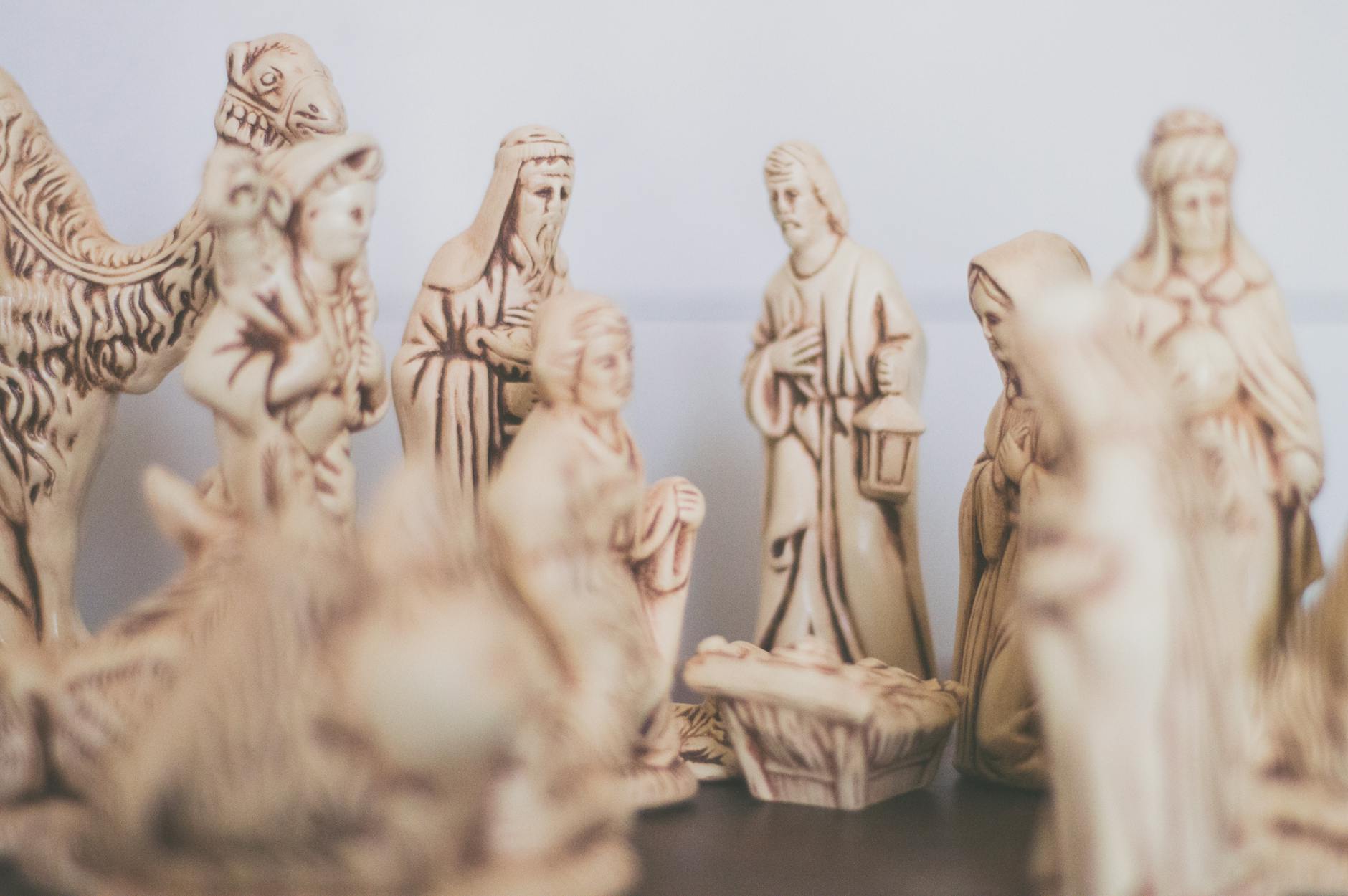Ancient cultures around the world have a rich and nuanced history of integrating hallucinogens into their spiritual and therapeutic practices. These cultures recognized that certain plants and fungi could provide spiritual insight, transformative experiences, and healing opportunities. Among the many substances used, some of the most potent were psilocybin mushrooms, peyote, and ayahuasca.
In indigenous societies, the shaman played the crucial role of a spiritual guide. Shamanism, a practice found across continents, incorporated the ritual use of psychotropic substances to transcend the material world. Mystical experiences induced by these sacred plants were deemed necessary for communication with the spiritual realm.
One of the better-known examples of this practice is the use of psilocybin mushrooms in Mesoamerican cultures. Psilocybin, also known as ‘magic mushrooms,’ have been used for millennia for their psychoactive effects. The Mazatec people in Oaxaca, Mexico, for instance, used these mushrooms in divinatory and curative rituals. The Spirit behind the mushrooms was considered an intermediary between humans and the divine.
In North America, the use of peyote, a small, spineless cactus with psychoactive alkaloids, particularly mescaline, was widespread among Native American cultures, such as the Apache and Navajo tribes. The ceremonial consumption of peyote—carefully regulated through a complex set of rituals—offered a spiritual journey. The Native American Church, which combined Christian beliefs with indigenous traditions, has maintained the peyotic ritual to this day.
The Amazon basin, with its rich flora and fauna, is a gold mine for ethnobotany—study of a region’s plants and their practical uses through the traditional knowledge of local culture. One particularly notable psychoactive brew used in this region is ayahuasca, a combination of the Banisteriopsis caapi vine and other ingredients. According to Amazonian mythos, the recipe for this powerful brew was revealed to shamans during a psychedelic-induced vision.
Ayahuasca has been an integral part of the indigenous spiritual practices in the Amazon for centuries. Communities such as the Shipibo, Ashaninka, and Quechua use the brew in healing ceremonies for its purgative and visionary effects. Many indigenous Amazonian cultures believe that illnesses have spiritual causes, and ayahuasca can facilitate the healing by connecting the physical body with the spiritual world.
Although these psychedelic substances offer profound spiritual experiences, their use was not unrestricted or recreational. Instead, their consumption was usually embedded in a ritualistic framework under the supervision of trained shamans, who could guide participants through their psychoactive journey, ensuring both safety and significance. These substances were regarded as sacred plants, revered for their ability to offer the profound transition from the earthly realm to the spiritual world, and not as mere intoxicants.
Understanding these historical practices is essential for modern society, as there’s a growing interest in the therapeutic potential of psychedelic substances. Recent research has highlighted the potential of psilocybin in treating conditions such as depression and anxiety, demonstrating that our ancestors may have been onto something profound when they began incorporating these plants into their rituals.
However, as we are learning from ancient cultures about the potential benefits of these substances, it’s also crucial to respect and preserve their traditional uses and wisdom. Doing so will ensure that these ancient practices continue to illuminate human consciousness and provide healing, just as they have done for thousands of years.









